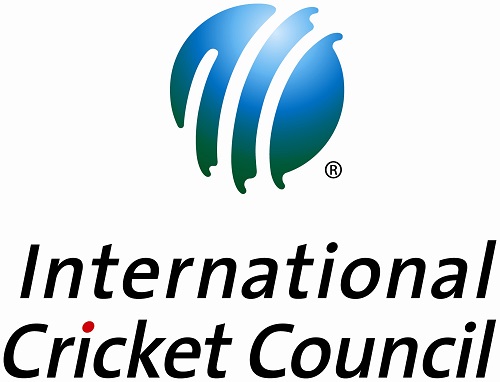The International Cricket Council (ICC) on Tuesday announced certain changes in its playing conditions especially relating to the hybrid pitches and saliva being used to shine the ball.
The international cricketing body has allowed use of hybrid pitches for all Men’s and Women’s ODI and T20I matches and banned use of saliva perma-nently.
The Chief Executives’ Committee (CEC) ratified recommendations from Sourav Ganguly-led Men’s Cricket Committee, which discussed MCC’s updated 3rd Edition of the 2017 Code of the Laws of Cricket and shared its conclusions with Women’s Cricket Committee,which endorsed the recommendations to CEC, said a press release.
The Playing Conditions that come into effect on October 1, allow the use of hybrid pitches for all Men’s and Women’s ODI and T20I, if agreed by both teams. Currently, hybrid pitches can only be used in Women’s T20I matches.
Meanwhile, the other changes to the Playing Conditions that come into effect include- Batters returning when caught: When a batter is out Caught, the new batter will come in at the end the striker was, regardless of whether the batters crossed prior to the catch being taken.
Use of saliva to polish the ball: This prohibition has been in place for over two years in international cricket as a COVID-related temporary measure and it is considered appropriate for the ban to be made permanent.
Incoming batter ready to face the ball: An in-coming batter would now be required to be ready to take strike within two minutes in Tests and ODIs, while the current threshold of ninety seconds in T20Is remains unchanged.
Striker’s right to play the ball: This was restricted so as to require some part of their bat or person to remain within the pitch. Should they venture beyond that, the umpire will call and signal Dead ball. Any ball which would force the batter to leave the pitch will also be called No ball.—APP










